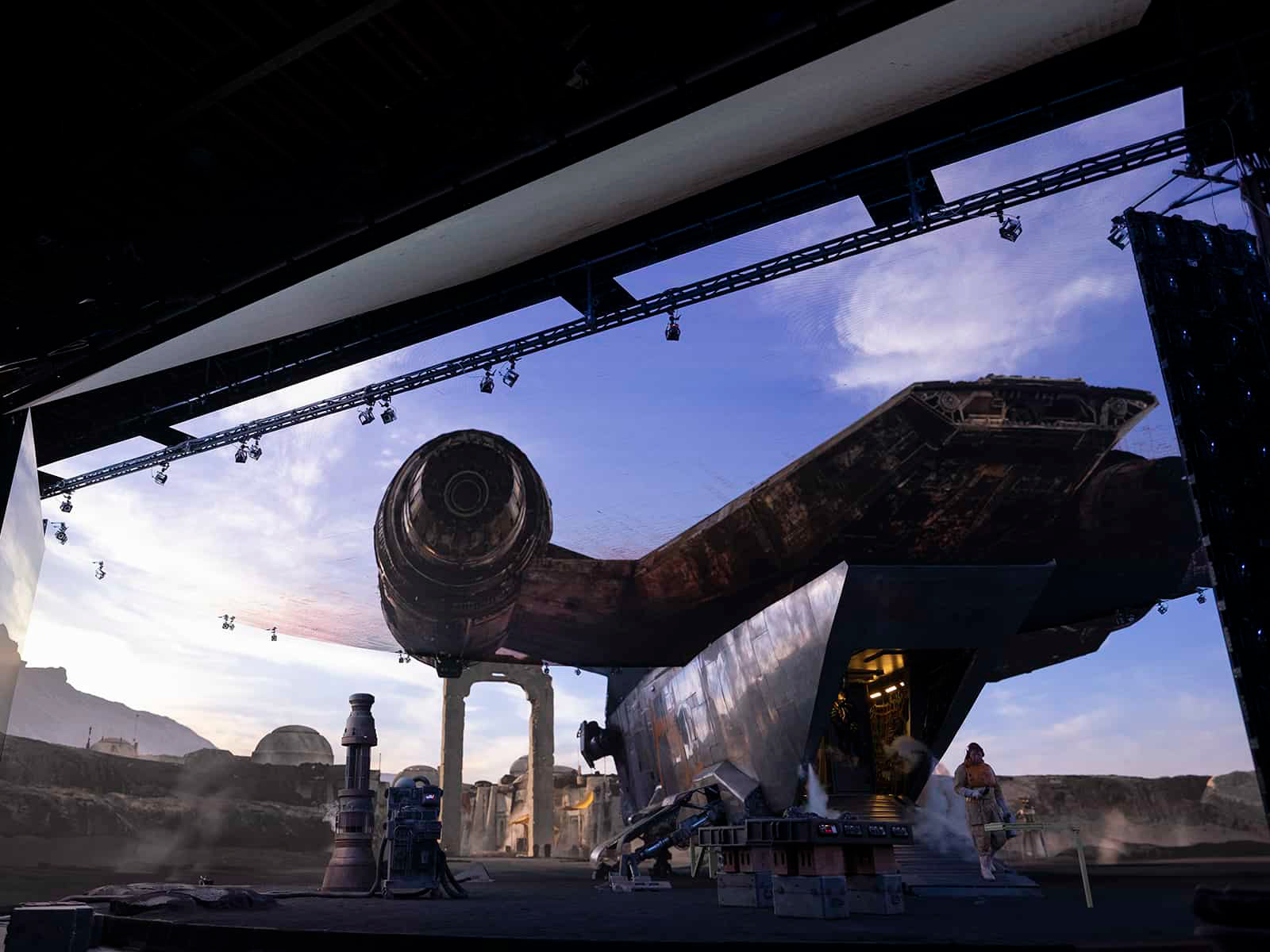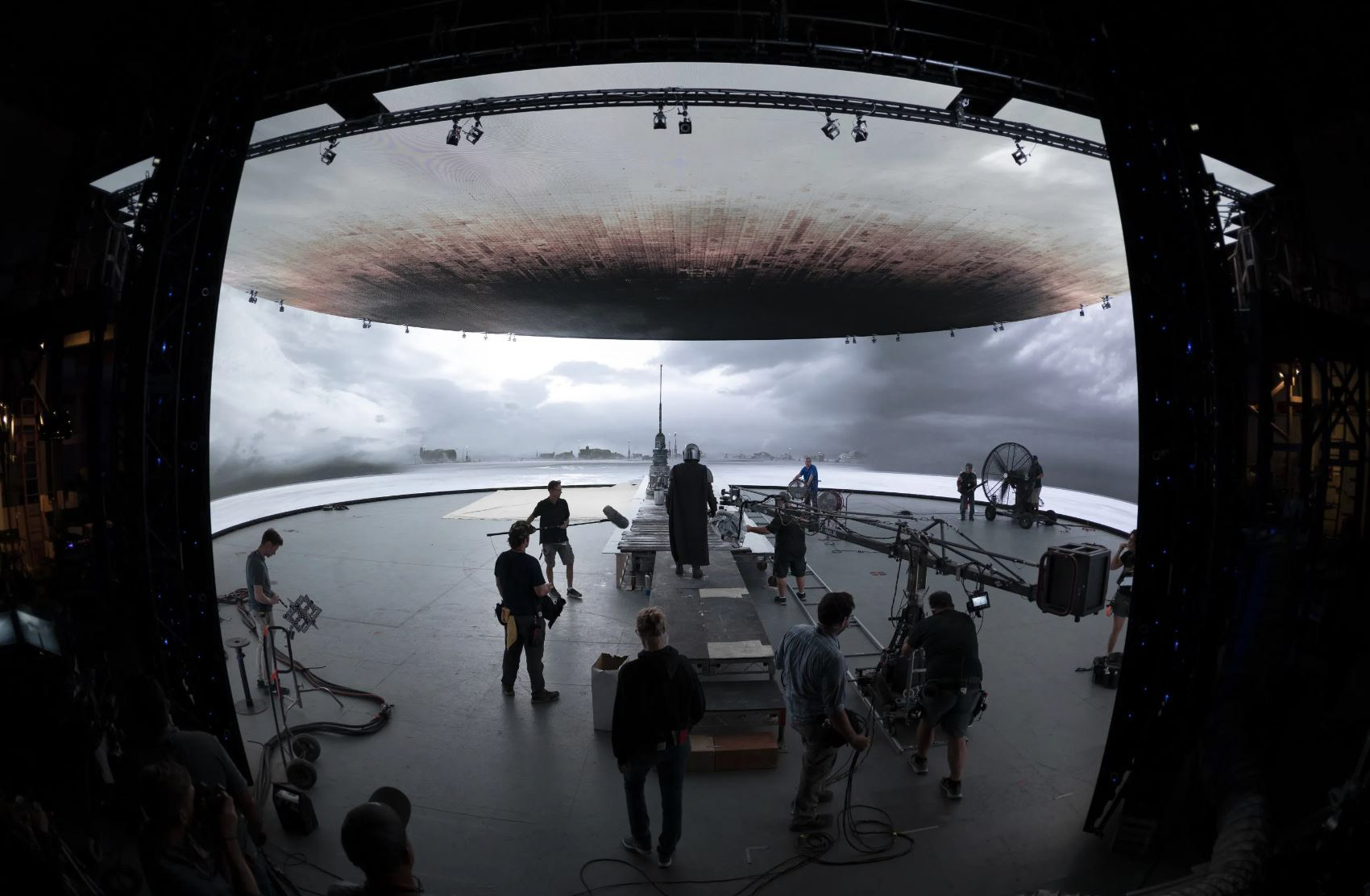Cedric Price and Archigram, pioneers of avant-garde architecture in the 20th century, were renowned for their visionary and experimental ideas, epitomised by concepts like Price's "Fun Palace." Price's design, never built, was a radical proposal for a flexible, adaptable, and technologically advanced cultural center. It aimed to empower users by allowing them to shape and customise their environment, a concept that was revolutionary at the time. Similarly, Archigram, with its futuristic and modular designs, reimagined buildings and cities as adaptable, transient, and responsive to the needs of their inhabitants.
With the advent of new technologies and the emergence of the metaverse, these visionary ideas have a platform for realisation. In the metaverse, the principles of adaptability, interactivity, and user-centric design championed by Price and Archigram can be brought to life with unprecedented fidelity. The Fun Palace, for instance, could be reimagined as a virtual, ever-evolving space within the metaverse, where users can manipulate and interact with the environment in real-time, using virtual and augmented reality tools. I have talked about this before in my disssertation: click here
The metaverse offers a limitless canvas for experimentation, allowing for the creation of dynamic and interactive architectural spaces that respond to users' desires and actions, much like Price's and Archigram's proposals. Buildings and environments in the metaverse can transform instantly, unbound by physical constraints, reflecting the ethos of flexibility and change that Price and Archigram envisioned. With the integration of AI and blockchain technologies, these virtual spaces can become intelligent, self-regulating, and community-driven, truly embodying the spirit of democratic and participatory design that was at the core of Cedric Price's and Archigram's architectural philosophy.
Add ILM's stagecraft or virtual stage technology to this and we can start to integrate the physical with the digital. Interactivity with the digital has been explored with NFTs and displays. This technology is going to be great integrated into the main experiential archietcture to educate but ALSO in the training facilities.


Specialist training facilities are strategically distributed throughout the landscape, providing hands-on educational experiences in disciplines crucial to understanding and mitigating the risks associated with natural disasters common to the region, such as avalanches, floods, and mountaineering.
These facilities serve as both practical training grounds and experimental labs where the latest in Web3 technology is employed to augment the learning experience. For instance, in the mountaineering sector, climbers could use VR to simulate challenging ascents, with smart wearables tracking their vitals and movements, all data being securely stored on a blockchain for analysis and improvement. Similarly, the avalanche training facility would utilize simulations enhanced by mixed reality, allowing for immersive training scenarios that teach swift and effective response strategies without the associated risks of real-world training.
The floods sector could use augmented reality to model water flow, predict flood paths, and devise countermeasures, with the community participating in mock drills that are tracked and assessed through distributed ledger technology. These drills not only train the individuals but also contribute valuable data to the collective knowledge base.
Integrating these specialist facilities with the hub’s core operations ensures a holistic approach to education and research. The Web3 infrastructure enables a seamless feedback loop where data collected from each training session can be analyzed by professional researchers and community labs, fostering a continuous cycle of learning, application, and improvement. This ecosystem not only empowers the local community with the skills to tackle environmental challenges but also positions the valley as an international center of excellence in disaster resilience training, all underpinned by cutting-edge technology that ensures adaptability, sustainability, and growth.